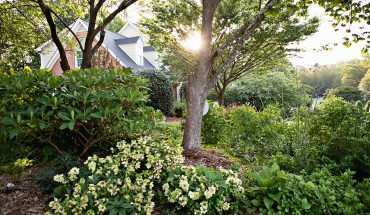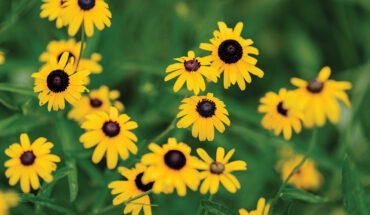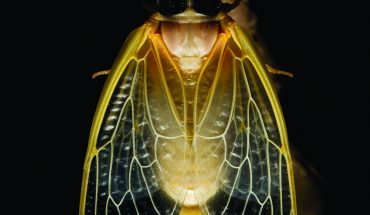by Tony Avent
illustration by Ippy Patterson
At one time or another, most gardeners have grown African violets, or saintpaulia hybrids. Back in the disco era, we of a certain age also indulged in trying to grow their more challenging cousins, the florist gloxinias (which are sinningia hybrids), with little luck.
So I was incredulous years later when a friend who lives in a milder winter region of Texas told me he was growing winter-hardy sinningias outdoors in his garden. He was glad to share, and soon a box arrived with a division of his two hardiest species, Sinningia sellovii and Sinningia tubiflora. As I unpacked and potted each, I was struck by my friend’s accompanying note, which told me to plant both in full sun. This was an African violet cousin, a member of the Gesneriad family. Planting it in full sun seemed to contradict every realm of my horticultural knowledge and imagination. Full sun? Texas full sun?
Since my gardening life is predicated on learning something new – and less on being successful – out they unmercifully went, into our rock garden, among other desert denizens like cacti and agaves. It turned out that Sinningia tubiflora was charming. But like a young child learning to walk, it tended to stray too far from its original location, thanks to underground runners. And it only flowered in spring.
Sinningia sellovii, on the other hand, remained in a tight clump and flowered nonstop from May until October. Later research revealed that Sinningia sellovii was native primarily to the hot deserts of Argentina, which explained why – despite its tender appearance and more sensitive relatives – it thrived in our hot summer climate. I subsequently also tried both of my new sinningias in part sun and light shade, and while they still produced a scant handful of flowers, they were simply not the same glorious plants they were in baking sun.
Our first clumps of Sinningia sellovii are now well over a decade old, and despite dying to the ground every winter, their large potato-like underground tubers awaken every spring to produce 4½-foot-long bright-red stalks, laden all summer long with more than 100 dangling tubular orange flowers that beckon hummingbirds like a Dollar Store attracts bargain hunters. The thick, sandpapery, light green leaves that clothe the stem base remind me of pickle chips: soft and fleshy on the inside, and covered by a scabrous exterior.
And did I mention how easy these sinningias are to grow? Sinningia sellovii is a perfect plant in our part of the state. If it’s planted in a well-drained spot, it handles our tropical summer rain deluges without a blink, but still scoffs at extended droughts like a proverbial cactus patch.
Our original clumps have now expanded to two feet wide at the base, but the stems extend well beyond, so when selecting a planting site, be sure to allow enough room to handle these arching, bright red stems, which need five to six feet of horizontal space.
And be prepared to pick your color. Since I was first introduced to Sinningia sellovii, gesneriad breeders have expanded the color range, so we now have similar performers in colors from light yellow to bright red. I truly hope you’ll get to know these amazing plants in your own garden.




